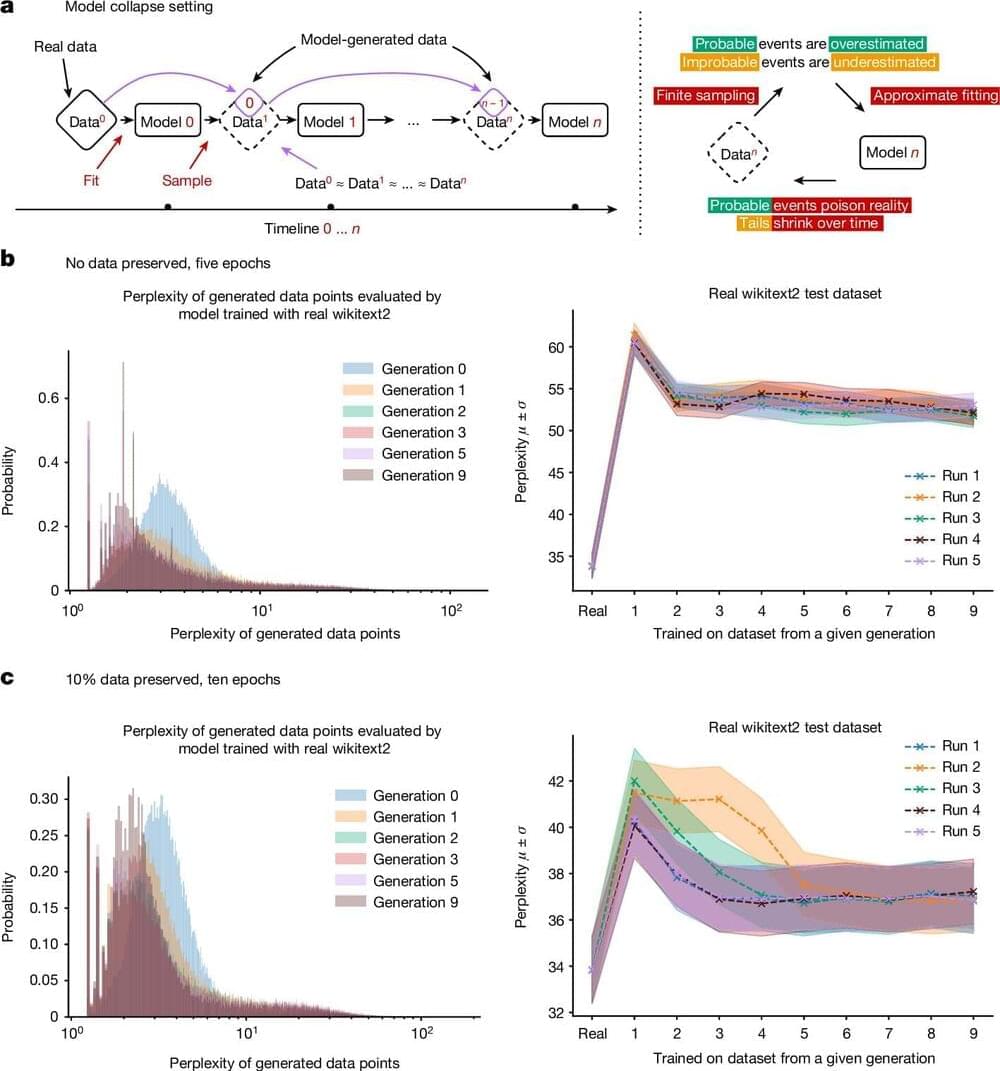In this thought-provoking exploration, we delve into the profound reflections of Edward Witten, a leading figure in theoretical physics. Join us as we navigate the complexities of dualities, the enigmatic nature of M-theory, and the intriguing concept of emergent space-time. Witten, the only physicist to win the prestigious Fields Medal, offers deep insights into the mathematical and physical mysteries that shape our understanding of reality. From the holographic principle to the elusive (2,0) theory, we uncover how these advanced theories interconnect and challenge our conventional perceptions. This journey is not just a deep dive into high-level physics but a philosophical quest to grasp the nature of existence itself. Read the full interview here: https://www.quantamagazine.org/edward…
#EdwardWitten #TheoreticalPhysics #StringTheory #QuantumFieldTheory #MTheory.
Become a member of this channel to enjoy benefits:
/ @artificiallyaware







